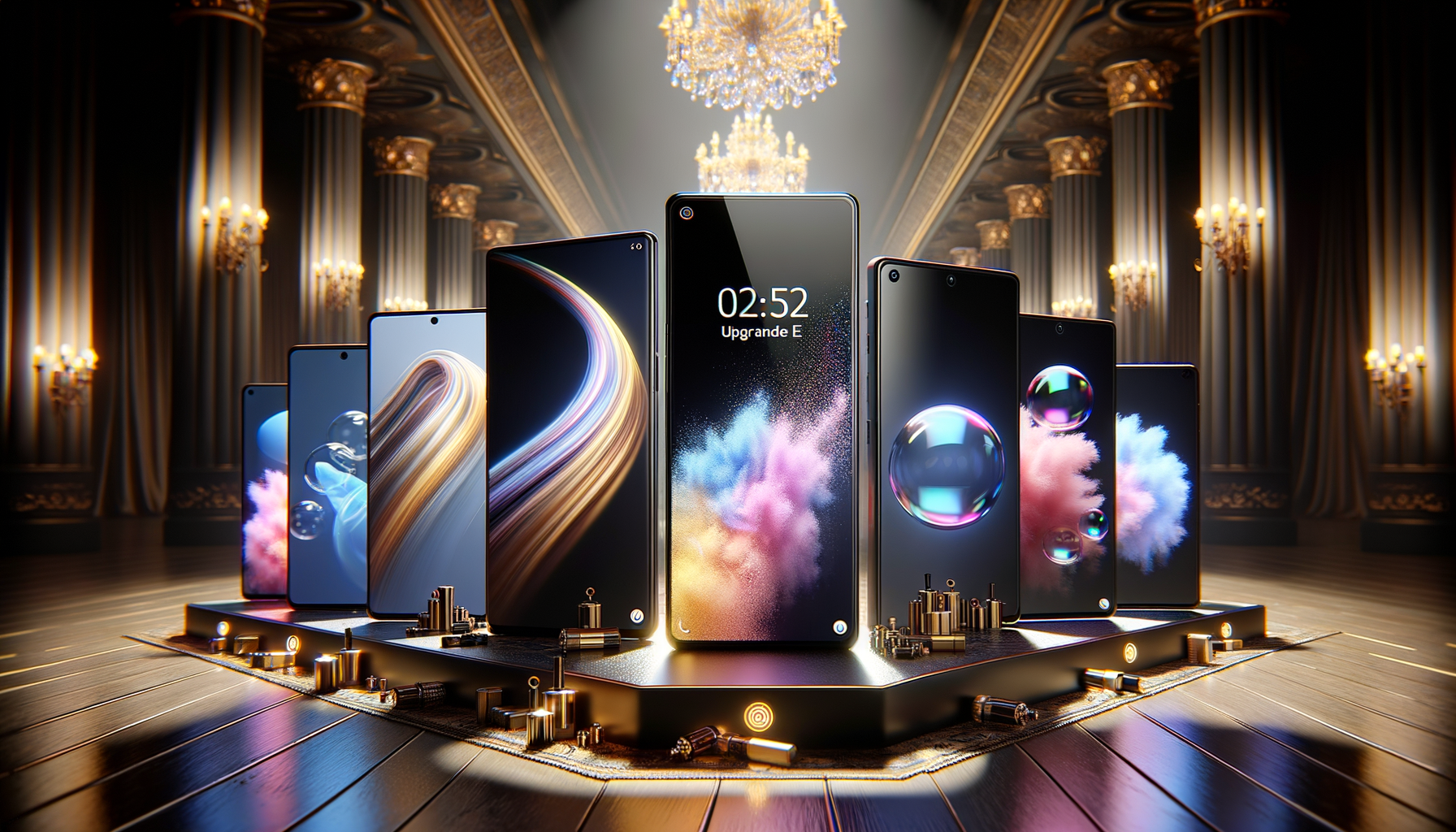Understanding Your Smartphone Needs
In a world where technology evolves rapidly, choosing the right smartphone can feel overwhelming. Whether you’re a tech enthusiast or someone who’s just looking to upgrade, understanding your specific needs is crucial. Consider how you use your phone daily. Are you a photography buff who needs a high-quality camera, or do you prefer a device with long battery life for work purposes? Identifying your primary use will help narrow down the multitude of choices available.
For instance, if photography is your passion, look for phones with exceptional camera capabilities. Features like optical zoom, wide-angle lenses, and superior night mode can make a significant difference. On the other hand, if you’re often on the go and need your phone for business, prioritize battery life and processing power. Many modern smartphones offer fast charging and powerful processors that can handle multitasking with ease.
It’s also worth considering the operating system. Are you more comfortable with a certain interface, or are you open to exploring new ones? Both Android and iOS have their unique ecosystems, with Android offering more customization and iOS providing a more streamlined user experience. Weigh these factors carefully to ensure your new smartphone aligns with your lifestyle and preferences.
Exploring the Latest Smartphone Features
The smartphone market is brimming with innovative features that can enhance your user experience. One of the most talked-about features is 5G connectivity, which promises faster internet speeds and improved network reliability. As 5G becomes more widespread, having a 5G-capable phone can future-proof your device.
Another feature gaining popularity is the foldable screen. These devices offer the versatility of a tablet in a smartphone’s compact form, providing a unique user experience. While they are generally more expensive, foldable phones are perfect for those who enjoy consuming media on larger screens.
Biometric security features, such as facial recognition and fingerprint sensors, have also become standard in many smartphones. They offer enhanced security and convenience, allowing users to unlock their devices effortlessly. Additionally, AI-driven features like voice assistants and smart photography modes are becoming increasingly sophisticated, making smartphones more intuitive and user-friendly.
When exploring these features, consider which ones will genuinely benefit your daily routine. It’s easy to get swept up in the excitement of new technology, but focusing on what will enhance your personal experience is key.
Comparing Price and Performance
Price is often a determining factor when purchasing a new smartphone. While flagship models from well-known brands often come with hefty price tags, there are many mid-range and budget options that offer excellent performance. The key is to find a balance between cost and the features that matter most to you.
Flagship phones typically offer the latest technology, superior build quality, and regular software updates. However, mid-range phones have improved significantly over the years, providing features that were once exclusive to high-end models. These include high-resolution displays, decent cameras, and robust processors. If you don’t need the latest bells and whistles, a mid-range phone can be a cost-effective choice.
Budget smartphones are ideal for those who prioritize functionality over fancy features. They provide the essentials, such as reliable performance and decent battery life, without breaking the bank. When comparing phones, consider reading reviews and user feedback to gauge real-world performance. This will help you make an informed decision that aligns with your budget and expectations.
Environmental Considerations in Smartphone Purchases
As awareness of environmental issues grows, more consumers are considering the ecological impact of their purchases. Smartphones contribute to electronic waste, and many manufacturers are taking steps to reduce this impact by offering recycling programs and using sustainable materials.
When choosing a smartphone, consider brands that prioritize sustainability. Some companies are committed to reducing their carbon footprint by using recycled materials and ensuring their devices are energy-efficient. Additionally, opting for a durable phone that can withstand wear and tear can extend its lifespan, reducing the need for frequent replacements.
Another aspect to consider is the availability of software updates. Phones that receive regular updates are likely to have a longer lifespan, as they remain secure and compatible with new apps. This not only benefits the user but also contributes to reducing e-waste.
By making environmentally conscious choices, you can enjoy the benefits of modern technology while also contributing to a more sustainable future.
Making the Final Decision
With so many factors to consider, making the final decision on which smartphone to buy can be daunting. Start by listing your priorities, such as camera quality, battery life, or budget, and use this list as a guide when comparing models.
Consider visiting a store to try out different phones in person. This hands-on experience can provide valuable insights into the phone’s size, weight, and user interface, which are difficult to gauge online. Additionally, speaking with knowledgeable sales staff can help clarify any questions or concerns you may have.
Don’t forget to read reviews from trusted sources. These can provide unbiased opinions and highlight potential issues that may not be immediately apparent. User reviews are also helpful, as they offer real-world perspectives on performance and reliability.
Ultimately, the right smartphone for you is one that fits seamlessly into your lifestyle and meets your specific needs. By taking the time to research and evaluate your options, you can make a confident and informed decision.




Leave a Reply